
By Ron Malm, COO, Focused Fitness
Have you ever gone on a diet? If you are like most adults, the answer is YES. What does “going on a diet” really mean? To answer this, first we have to answer the question of what the word diet means. To most people it means, abstaining from certain foods for a given period of time to realize a weight loss goal. While this is a valid definition of the word diet and may have been how you defined it, it is only one way to define it. Another definition of “Diet” is as follows; eating a balance of healthy foods in the appropriate amounts that provide the energy and nutrients to live a healthy and active life. If we follow this definition and we try to do it every time, we stand a very good chance of living a healthy and active life.
Diets, dieting, diet products and diet services are everywhere. Annually over 40 billion dollars are spent on diet-related products and services not to mention over 100 billion dollars are spent each year in the fitness industry on gym memberships, personal training and nutritional supplements. It is safe to say that the diet industry is a VERY BIG business and it doesn’t seem to be slowing down. The deeper a person dives into the diet industry, the more confusing it all seems to get. There is a specific type of diet for your blood type, a diet for people that want to eat like our earliest ancestors, a diet that consists of eating cabbage soup, there are diets that restrict your calories to under 1,000 calories a day, diets that dictate when you eat and diets that contain only liquids. The list of diets is never ending and doesn’t seem to get us any closer to living a healthy and active life. Instead it creates undue pressure, shame and questions on what and how much to eat.
I believe that creating a diet and following that diet should be simple and easy. It should be so simple and easy that all a person has to do is answer 2 questions… What types of foods need to be eaten? How much needs to be eaten? What types of foods need to be eaten is pretty straightforward. Start with the 5 food groups (Grains, Vegetables, Fruits, Proteins and Dairy). While many can argue that not all foods found in the food groups need to be eaten for optimal health, very few will argue that the nutrients found within the food groups are not necessary. The macro-nutrients (Carbohydrate, Protein and Fat) and micro-nutrients (Vitamins and Minerals) found within each food group are vitally important for optimal health. Many people will abstain from certain foods within a food group and even from entire food groups altogether due to moral or health reasons, but in these instances it is vitally important that they fully understand which macro and micro-nutrients are missing from the diet and ensure they are being provided from the other food groups. Choosing healthy foods to eat is paramount to living a healthy life but is only one part of the equation.
How much a person eats day in and day out is determined by the amount of physical activity a person chooses to do each and every day. If a person chooses to work a desk job and play video games in the evening, then the amount of energy they need is less than a person who engages in a physically intensive job and chooses to be physically active outside of work. Some people would advise a person to calculate the amount of food to be eaten and the calories provided and ensure that this amount does not exceed the amount of energy needed to do their job and physical activity. While measuring and calculating works, so does starting with smaller portions, eating slower, putting the utensils down in between bites and stopping eating when satisfied. Eat when you are hungry and stop when you are satisfied. The more active we are, the more energy and nutrients our bodies need and this will increase our appetite. Eat smaller meals and choose to eat healthy snacks in between meals. This helps keep a persons’ energy levels up and reduces cravings and overeating.
While our bodies are the greatest machines ever created, they don’t do well without our brains. Think through how much food is necessary to keep us healthy and active. The goal is simple… Live a healthy and active life! To do this, let’s eat the food our body needs that provide us with the energy and nutrients necessary in the correct amounts and let’s Do It Every Time (D.I.E.T.)!






 Written by Focused Fitness on February 28th, 2019
Written by Focused Fitness on February 28th, 2019
 TAGGED WITH:
TAGGED WITH:


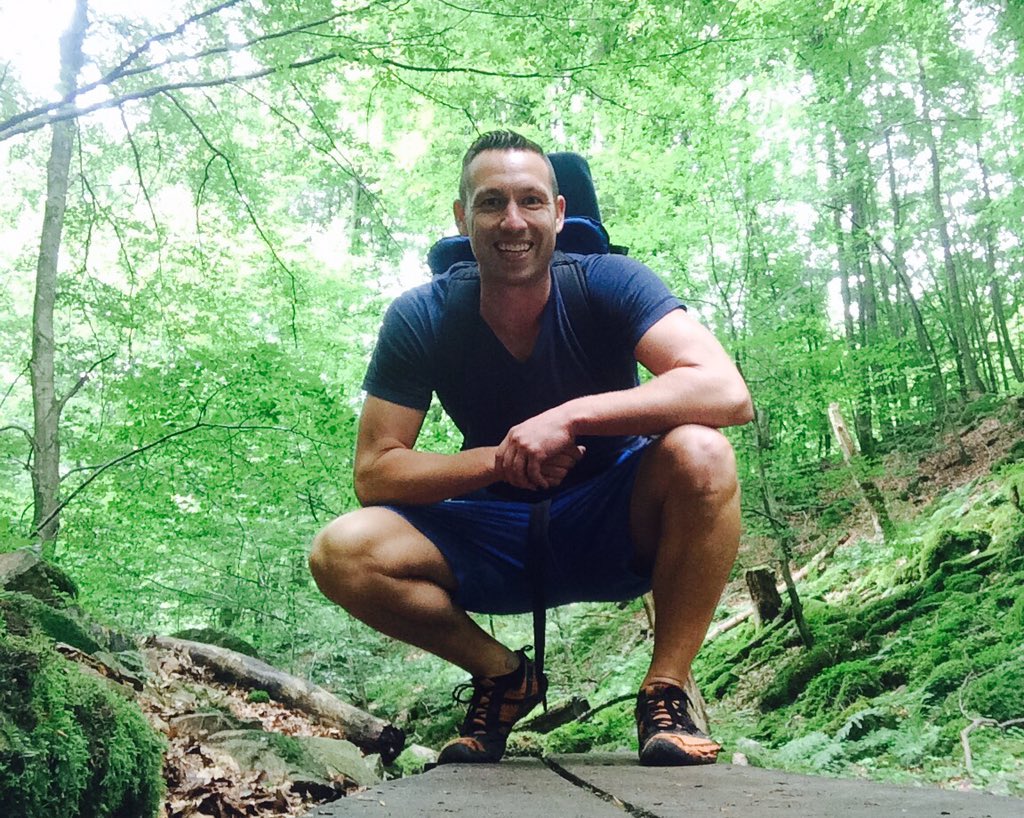
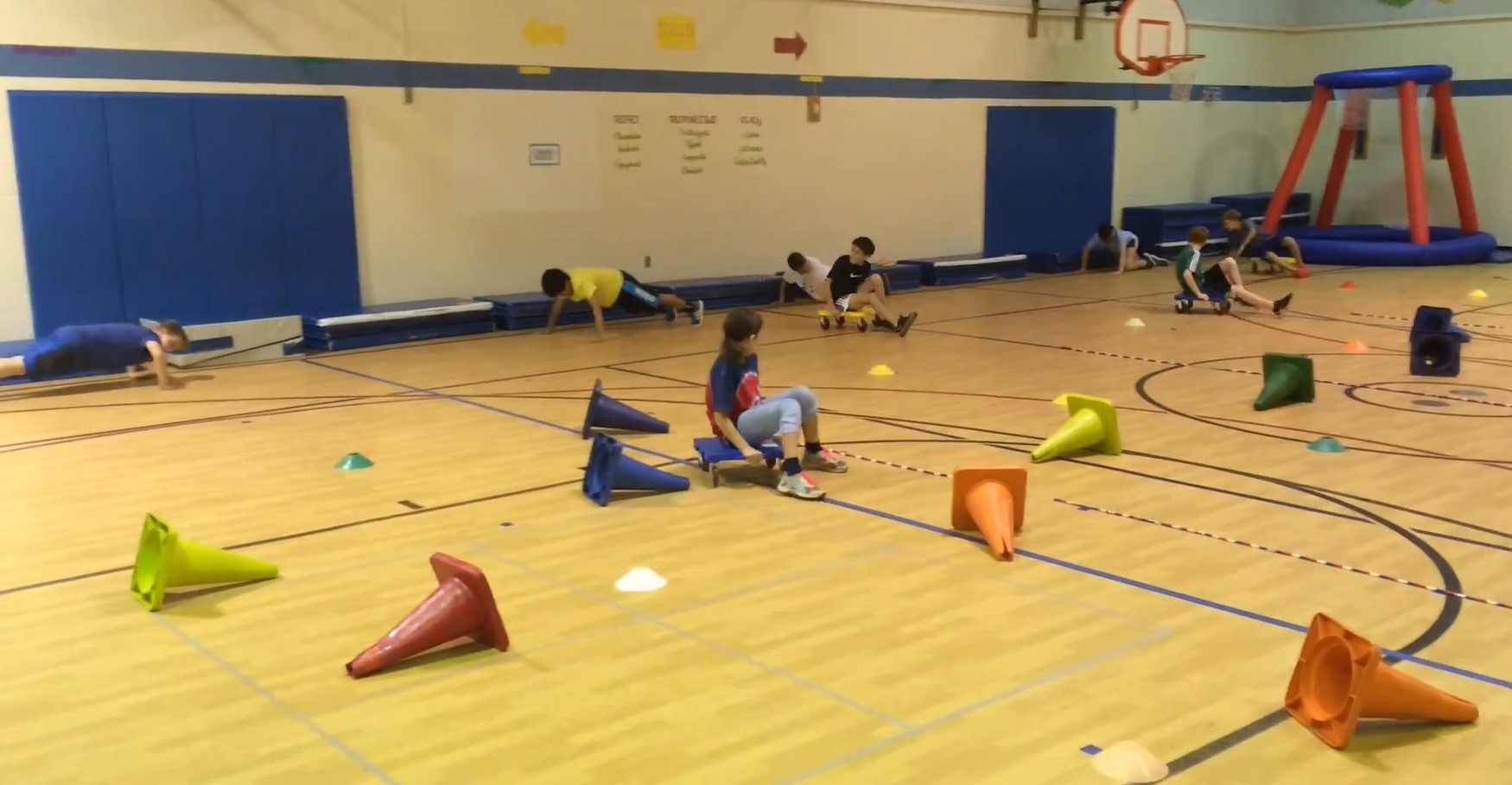



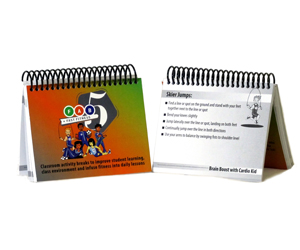
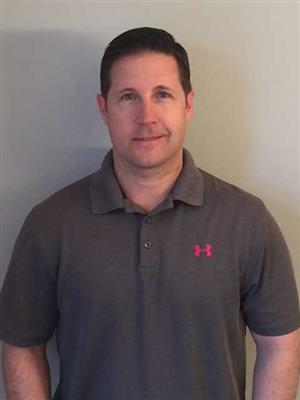
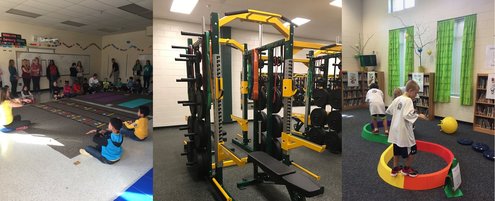

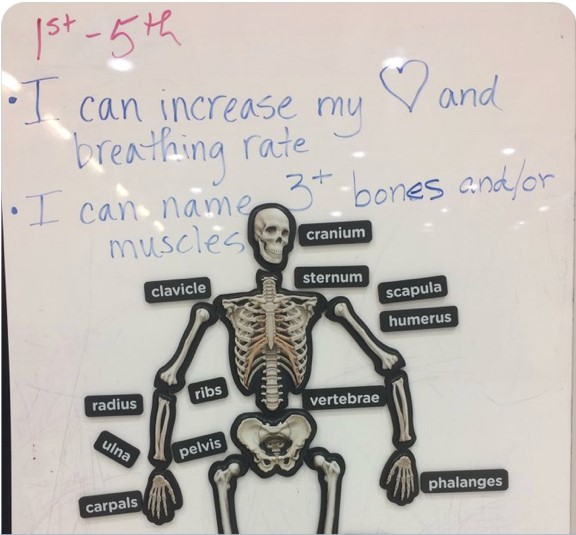





Connect With Us